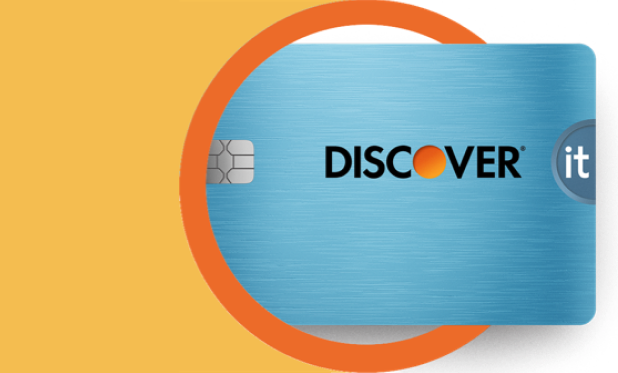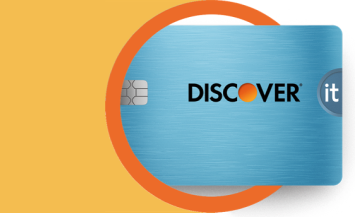Sometimes pushing limits can help you reach your goals. Other times limits create necessary boundaries that help you successfully navigate life. For example, staying within the boundaries of a budget can safeguard your financial health and growth. This includes the way you use your credit card. You can apply your personal spending goals to the amount you allow yourself to charge on your card, helping you responsibly manage your credit based on what you decide you can comfortably afford. This guide to credit card limits explains just how to get started.

What Is a Credit Card Spending Limit?
6 min read
Last Updated: September 12, 2024
Next steps

See if you're pre-approved

View all Discover credit cards
See rates, rewards and other info
You may also be interested in
Was this article helpful?
Was this article helpful?
Back to article
Expand
-
Legal Disclaimer: This site is for educational purposes and is not a substitute for professional advice. The material on this site is not intended to provide legal, investment, or financial advice and does not indicate the availability of any Discover product or service. It does not guarantee that Discover offers or endorses a product or service. For specific advice about your unique circumstances, you may wish to consult a qualified professional.


